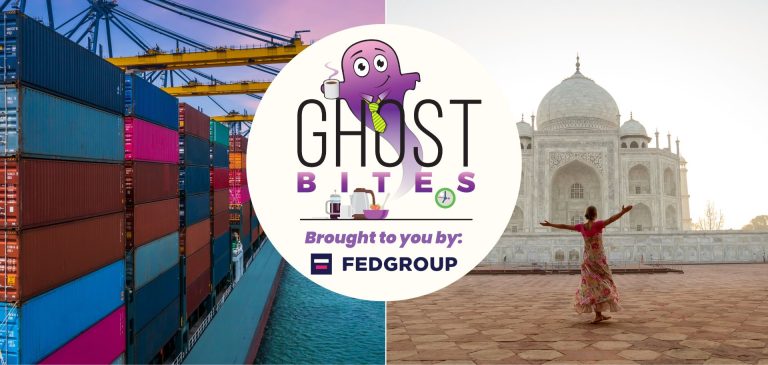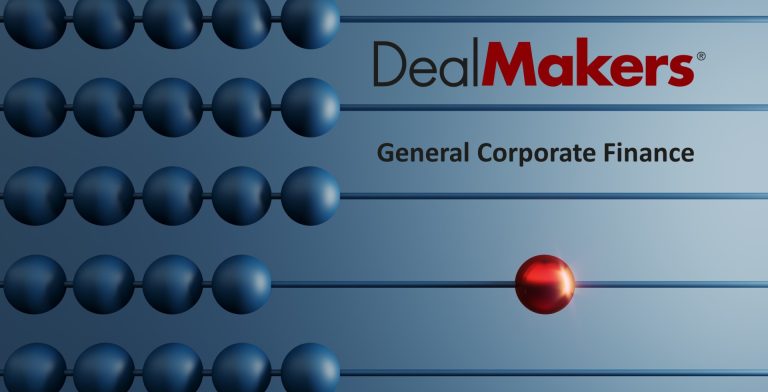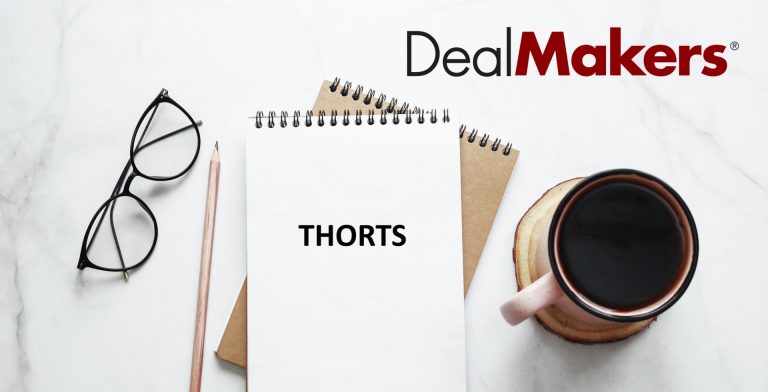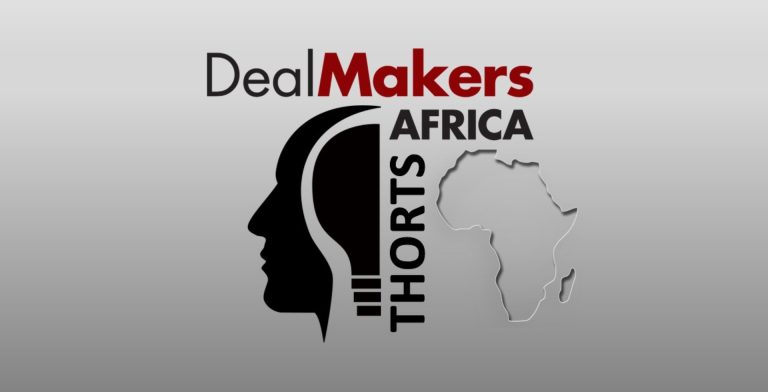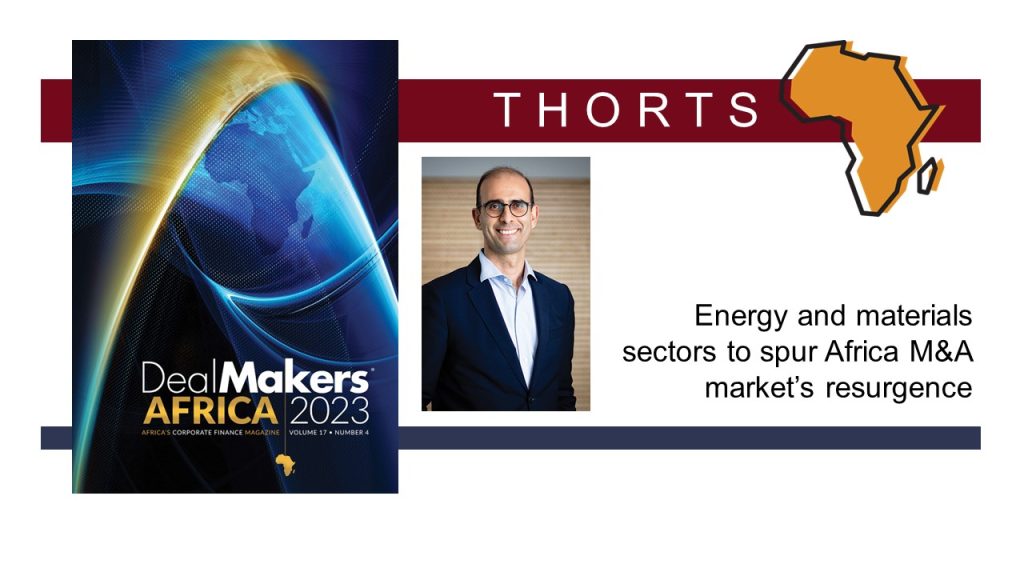Get the latest recap of JSE news in the Ghost Wrap podcast, brought to you by Mazars:
Schroder European Real Estate refinances a major loan (JSE: SCD)
This is a useful way to see how a cost of debt can move higher
Schroder has refinanced a €8.6 million loan with existing lender Saar LB, secured against the Rennes logistics investment. The reason I think you should pay attention is that it shows how property funds see their cost of funding increase in an environment of higher rates.
The new five year facility is a margin of 1.6% above the reference rate, which is more expensive than the 1.4% margin on the outgoing facility. The total interest cost has been fixed at 4.3% (the five year euro swap rate of 2.7% plus a 1.6% margin).
The loan to value ratio is 33% gross of cash or 24% net of cash. This is well below the limit of 35% net of cash. Total third-party debt is €82.5 million.
But here’s the kicker: this refinancing takes the blended all-in cost of debt from 2.8% to 3.0%. The company describes this as “marginal” but I don’t think 20 basis points is all that marginal in a developed market context. It just shows how the narrative has changed as those markets have started to adjust to a “new normal” of higher rates.
Southern Palladium has advanced the pre-feasibility study (JSE: SDL)
Over 30,000m of drilling has been completed
The exploration phase in mining is all about taking an asset from a mystical area of land to an operating mine. To get there, you have to do a lot of drilling and reach a level of comfort around the extent of resources in the area and the plan to mine them. This allows for further funding to be raised and the mine to eventually be built. There are many important milestones along the way and the process takes a long time.
Southern Palladium is on this journey, with much drilling work having been completed as the company moves towards completing a pre-feasibility study. The company has cash reserves of $8.34 million and thus has sufficient funding to complete this study.
Things to look out for here are a long life of mine and indicative cash costs towards the low end of the global cost curve (i.e. relative to other mines focusing on the same commodity). After all, there’s no point in building an inefficient mine!
Based on the initial capital spend estimate of $408 million, the indicative post-tax internal rate of return is 21%. I must be honest, there are many private companies in far less risky industries in South Africa that offer similar returns. It’s obviously also not possible for large institutions to invest in small private companies, so I’m not comparing apples with apples. I’m just putting that IRR in context.
The company plans to complete the pre-feasibility study by roughly December 2024.
After announcing a major acquisition, Spear REIT has given an update for the financial year (JSE: SEA)
There is modest growth in distributable income per share vs. 2023
In case you missed the news earlier in the week, Spear has agreed to acquire a substantial Western Cape portfolio from Emira for R1.146 billion. That’s a very large transaction for the group and a major step towards being a scale player in the property sector.
Hot on the heels of that news comes this update, which confirms that distributable income per share has increased by between 0.75% and 1.5% for the year ended February 2024 vs. the comparable year. That may not sound like much, but most SA-focused property funds went backwards in their latest financial year. Where we have seen significant growth, it’s been in funds with offshore exposure.
Rental reversions rates have improved significantly from -3.69% in FY23 to -0.37% in FY24, so the huge pressure on lease renewals that we saw in the post-COVID period seems to be abating. The average portfolio in-force escalation rate was 7.52% in FY24, up from 7.40% in FY23. This is how property funds offer inflation protection to investors. The industrial portfolio is a highlight here, with reversions of 6.12% and in-force escalations of 7.72%. The retail portfolio sweeps away those reversions though, with positive reversions of 11.03% and in-force escalations of 7.47%. In case you’re wondering, Pick n Pay is 1.32% of the contractual rental income of Spear.
Of course, the reversion pressure has to come from somewhere, with the office portfolio as the only remaining place where it can be. Indeed, reversions were -4.67% and occupancy levels were only 84.37%. The fund believes that this situation will improve due to demand for space in Cape Town. Time will tell.
Interestingly, 96% of the cost of diesel supplied to operate generators has been recovered from clients. Landlords have been working hard to push the cost of load shedding onto tenant income statements. The fund isn’t sitting on its hands though when it comes to solar, with various installations currently being planned and an expectation that installed capacity within the next 12 to 18 months will generate 25% of Spear’s total electricity demand.
The loan-to-value ratio was 31.60% as at the end of February 2024. Fixed debt was just under 50% of total debt, which is below the strategic target of 65% to 75% of debt to be fixed. The disposal of the Liberty building will take this down by around 600 basis points. Although the group doesn’t provide the maths at this stage, the acquisition of the Emira portfolio will surely take it higher again.
The tangible net asset value per share is R11.79 and the share price is R8.03.
The WeBuyCars listing date has been finalised (JSE: TCP)
And so has Transaction Capital’s stake in the company just before the unbundling
Transaction Capital has released a finalisation announcement for the WeBuyCars unbundling. As a shareholder in Transaction Capital, I’m certainly looking forward to seeing how both the Transaction Capital and WeBuyCars share prices will behave.
The big day is Tuesday 16th April, as I’ll then see WeBuyCars in my brokerage account as a separately listed company.
Importantly, Transaction Capital has also announced that the stake in WeBuyCars after the various capital raising initiatives is 61.44%. They were hoping to raise some more capital from placing shares but I felt that their pricing was unrealistic and the market seemed to take the same view. This ship has sailed now, as the 61.44% holding will be unbundled to Transaction Capital shareholders.
Exciting times ahead to see what happens here. We have a classic case of the market darling (WeBuyCars) and the ugly duckling left behind (Transaction Capital). This is where growth and value investors tend to sort themselves into two orderly queues on either side of the room.
Woolworths is ready for your furry friends (JSE: WHL)
The group is now the proud owner of Absolute Pets
People spend a lot of money on their pets. This we know to be true. Retailers want to tap into this of course, especially where consumers are buying from specialist pet stores rather than the pet food aisle at the local supermarket.
I don’t think it would make much sense for Woolworths to allocate a bigger portion of their already compact Woolworths Food stores to pet food. I think it makes a lot of sense to rather acquire a specialist, which is exactly what they’ve done with the acquisition of 93.45% of Absolute Pets.
In case you’re wondering, the remaining shares are held by management and can be acquired by Woolworths over an agreed period.
The deal was previously announced, so the latest news is that all suspensive conditions have been met (including Competition Tribunal approval) and the deal closed with effect from 1 April 2024.
Organic vegan dog biscuits, anyone?
Little Bites:
- Director dealings:
- A person associated with the CFO of Primary Health Properties (JSE: PHP) has bought shares worth just under £20k.
- If I understand the announcement correctly, then Prosus (JSE: PRX) director Steve Pacak has sold shares worth around €14.5 million – half in his own name and half in a trust.
- The MC Mining (JSE: MCZ) – Goldway battle rages on. The board of MC Mining has now responded to Goldway’s Fourth Supplementary Bidder’s Statement. For those who enjoy a robust debate (like I do), it’s quite a thing to have read all these announcements in detail. Goldway’s recent approach was to try and discredit the Independent Expert’s report and MC Mining has obviously hit back sternly against that strategy. There is also much fighting over the status of Vele Aluwani Colliery. The independent board remains steadfast in its view that shareholders should not accept the offer.
- Salungano (JSE: SLG) has released an update on the business rescue application for Keaton Mining. The courts were having none of it, dismissing the application. Salungano plans to appeal the judgment. Keaton comprises the operations of Vanggatfontein Colliery (a most unfortunate name) and is unrelated to Salungano’s main revenue generated options at Moabsvelden Colliery.
- Lighthouse Properties (JSE: LTE) announced that the acquisition of H2O Centro Comercial in Spain has been completed with an effective date of 3 April 2024.

